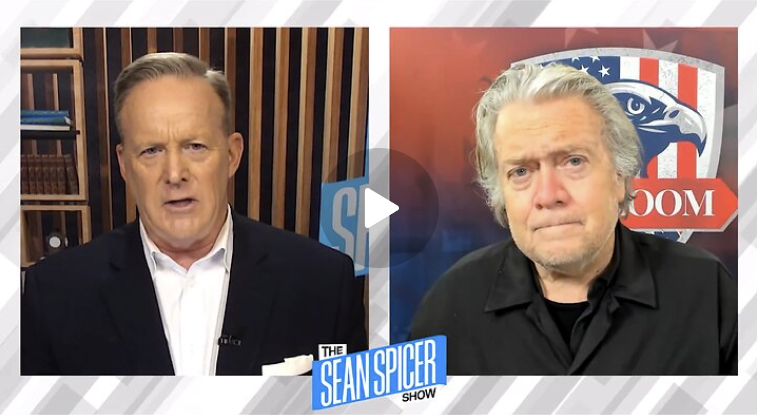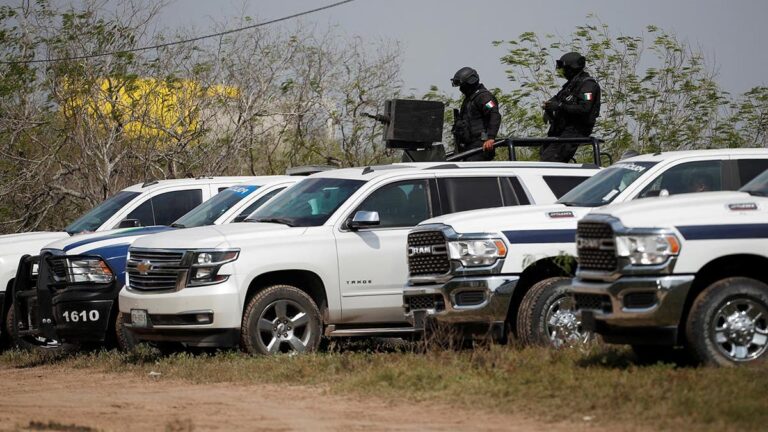
Ukraine’s Alleged Secret Nuclear Doomsday Plan: A Former Advisor’s Explosive Claim
On April 1, 2025, a startling revelation emerged from Oleksiy Arestovych, a former advisor to Ukrainian President Volodymyr Zelensky, alleging that Ukraine has a secret “scorched earth” contingency plan in place should it face defeat in its ongoing war with Russia. According to Arestovych, this radical strategy involves detonating all of Ukraine’s nuclear power plants—and potentially some in Russia—rendering vast swathes of territory uninhabitable. The claim, detailed in an interview with a Ukrainian journalist last month, has ignited debate about the lengths to which Ukraine’s leadership might go to avoid capitulation.
A Doomsday Scenario Unveiled
Arestovych, who served as an advisor on national security and defense from 2020 until his resignation in early 2023, asserted that the head of Ukraine’s military intelligence, Kirill Budanov, proposed this drastic measure approximately a year and a half ago. The plan, as described, would see Ukraine sabotage its own nuclear infrastructure, including facilities like the Zaporizhzhia Nuclear Power Station, as a final act of defiance. “They know about our plans to blow up all the nuclear power plants if Ukraine starts losing,” Arestovych said, adding that the intention was to ensure “we all bite the dust, but so will they.”
The rationale, he claimed, is rooted in a refusal to let Russia claim victory. By triggering a series of nuclear disasters, Ukraine could not only deny Russia control over its territory but also inflict catastrophic damage on its adversary—and potentially Europe as a whole. Arestovych painted a grim picture of the mindset behind this alleged strategy, calling Zelensky and his inner circle “a group of deranged people” willing to embrace mutual destruction over surrender.
Context of the Claim
This alleged plan emerges amid Ukraine’s ongoing struggle against Russia’s invasion, which began in February 2022. As Russian forces have made slow but steady gains along the front lines, Ukraine has increasingly leaned on Western support to bolster its defenses. However, with uncertainties surrounding future aid—particularly as the U.S. approaches a new administration under President-elect Donald Trump—Kyiv’s leadership may be grappling with worst-case scenarios.
Arestovych’s comments also follow reports of Ukrainian efforts to secure alternative security guarantees, including President Zelensky’s “Victory Plan,” which calls for NATO membership and enhanced military support. In late 2024, Zelensky hinted at the possibility of pursuing nuclear weapons if NATO membership remained out of reach, a statement that stirred international concern. While Ukraine relinquished its Soviet-era nuclear arsenal in the 1990s under the Budapest Memorandum, the country retains significant nuclear expertise and infrastructure, raising questions about the feasibility of such contingency plans.
Nuclear Implications and International Reaction
The idea of deliberately causing multiple nuclear meltdowns is chilling. Ukraine operates several nuclear power plants, which collectively provide a substantial portion of its energy. The Zaporizhzhia plant, Europe’s largest, has already been a flashpoint in the conflict, with both sides accusing each other of risking a disaster through military actions near the facility. An intentional detonation of these reactors could release vast amounts of radioactive material, potentially rivaling or exceeding the Chernobyl disaster of 1986 in scope and impact.
Arestovych further claimed that the U.S. is aware of this doomsday scenario, quoting Budanov’s alleged stance with a quip: “The Americans perceive us as a monkey with a grenade!” He suggested that American interest in controlling Ukraine’s nuclear facilities—purportedly discussed as far back as the Biden administration—stems from a desire to mitigate such risks to global security. Recent statements from Donald Trump, who reportedly proposed U.S. oversight of Ukraine’s nuclear plants as a protective measure, lend some credence to this narrative, though no official confirmation has emerged.
Skepticism and Timing
The timing of Arestovych’s revelation—coinciding with April Fool’s Day—has fueled skepticism. Known for his outspoken and often provocative commentary since leaving Zelensky’s administration, Arestovych has a history of making bold predictions, including his accurate 2019 forecast of a Russian invasion. However, his credibility has been questioned due to past controversies, such as his resignation following backlash over comments about a Ukrainian air defense incident.
Critics argue that the claim may be exaggerated or speculative, possibly intended to pressure Western allies into providing more robust support. Blowing up nuclear plants would require significant technical coordination and would likely face resistance within Ukraine’s own military and civilian leadership, given the catastrophic consequences for its own population. Without corroborating evidence, the assertion remains a sensational allegation rather than a verified plan.
Broader Implications
If true, this alleged strategy underscores the desperation felt by some in Ukraine’s leadership as the war grinds on. It also highlights the precarious state of nuclear safety in the region, where active conflict already threatens existing facilities. For Russia, the claim could serve as propaganda fodder to justify its own actions, while for the West, it raises urgent questions about how to secure Ukraine’s nuclear assets amid escalating tensions.
As of now, neither the Ukrainian government nor Budanov has responded directly to Arestovych’s statements. The international community, meanwhile, watches warily as the conflict continues to test the limits of military and diplomatic restraint. Whether a genuine policy or a hyperbolic warning, the notion of a nuclear doomsday plan serves as a stark reminder of the stakes in this protracted war—and the potential for unthinkable escalation.
For now, the world can only hope that such a scenario remains in the realm of conjecture rather than reality.



